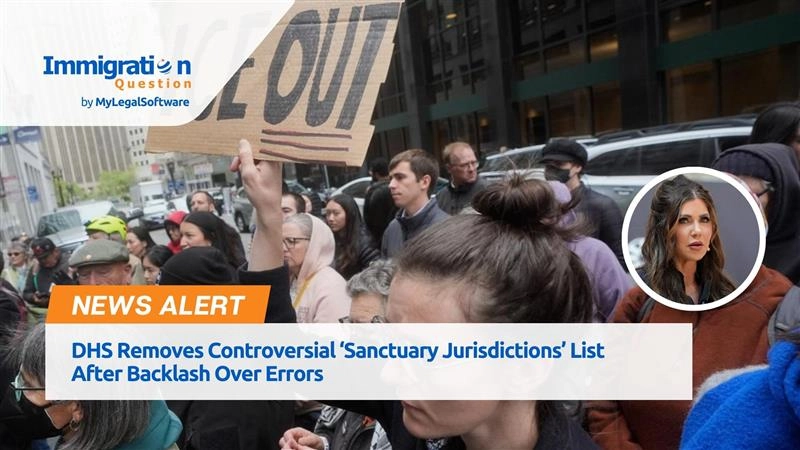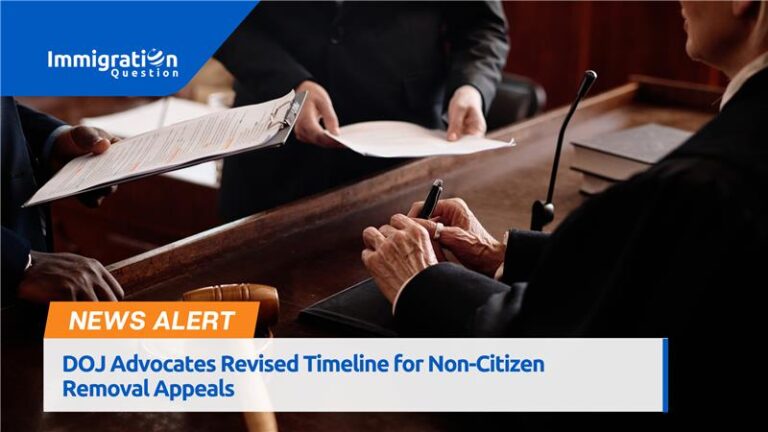The Department of Homeland Security removed an embarrassing list of over 500 sanctuary jurisdictions after widespread criticism for inaccuracy and the inclusion of pro-Trump jurisdictions. The list, part of the Trump administration’s immigration enforcement policy, faced bipartisan blowback and confusion before it disappeared from the government website within days of its release.
List Disappears Following Criticism Over Inaccuracies
The Department of Homeland Security (DHS) removed a widely anticipated list of over 500 sanctuary jurisdictions from its website after facing significant criticism. The list, published last week, identified localities the Trump administration labeled as uncooperative with federal immigration enforcement. However, by Sunday, visitors to the DHS website encountered a “Page Not Found” error, signaling the list’s removal amid backlash over its accuracy and content.
Part of Trump’s Hardline Immigration Enforcement Strategy
The list was a component of the Trump administration’s broader efforts to pressure communities, states, and jurisdictions it deems insufficiently supportive of its immigration enforcement agenda. The administration vowed to deport more than 11 million illegal aliens and used this list to designate areas that were allegedly impeding federal immigration policies. DHS indicated that each jurisdiction on this list would be officially notified of its designation and any expected violations of federal criminal laws.
As revealed by a top DHS official, the determination of a sanctuary jurisdiction is based on several factors, including whether the locality presents itself as a sanctuary, failure to adhere to federal immigration enforcement, restrictions on assisting federal officials in sharing information, and legal protections granted to undocumented immigrants.
Homeland Security Secretary Kristi Noem acknowledged that some officials expressed anger over the list but did not explain why it was taken down. She insisted that some cities qualify as sanctuaries despite lacking specific sanctuary laws, accusing them of harboring criminals.
Confusion and Errors Fuel Criticism
The list faced criticism for including jurisdictions that actively support the Trump administration’s immigration policies or have no sanctuary policies. For example, Huntington Beach, California, appeared on the list despite suing the state’s sanctuary law and declaring itself a non-sanctuary city. Similarly, Shawano County, Wisconsin, was listed despite having no immigration sanctuary policies; officials believe the inclusion was a clerical error, possibly confusing the county’s Second Amendment Sanctuary status with immigration issues. The list also contained a few misspelled names, raising further doubts about its legitimacy.
Wide Resistance Across Political and Geographic Divisions
Government representatives from diverse communities, both urban and rural, and across the liberal and conservative spectrums of the political spectrum questioned the accuracy and logic of the list. Many officials took issue with the thinking behind their inclusion, saying the list was not an accurate reflection of their policies or cooperation with federal immigration authorities. This cross-party distrust highlights the politicization and nuance of determining sanctuary jurisdictions today.
Looking Ahead: Continued Review and Updates Anticipated
The DHS stated that the list would be regularly reviewed and updated, and that changes might be made because of feedback and further assessment. Although the removal of the list is a reprieve, the administration’s overall campaign to identify and punish jurisdictions it considers to be hindrances to immigration enforcement can be expected to continue.
The controversy highlights the difficulty of reconciling federal immigration priorities with local government and community relations. Observers hope that subsequent editions of the list are more carefully vetted to avoid such blunders and backlash. Local authorities will likely remain vigilant in maintaining their policies and reputations amid ongoing federal scrutiny. The emerging dynamic between local governments and federal immigration enforcement will remain at the center of the national immigration debate.
To stay up-to-date and informed, visit our news page, ask your immigration questions on Immigration Question, and get responses from licensed attorneys. For attorneys, streamline your case and lead management when you download the Immigration Question app.








